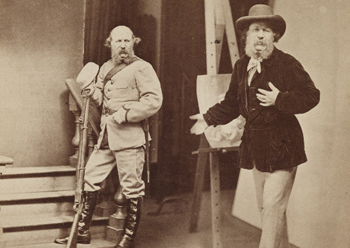
This year is the bicentenary of the birth of Rejlander, the flamboyant and mysterious photographer who pioneered the painstaking technique of combination printing.
Colin was Curator of Photographic Technology at the National Science and Media Museum until 2016.

This year is the bicentenary of the birth of Rejlander, the flamboyant and mysterious photographer who pioneered the painstaking technique of combination printing.
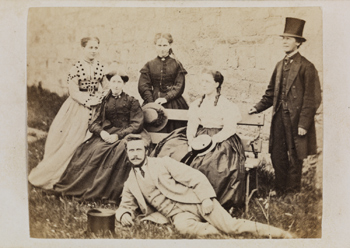
In our latest post about dating your old family photographs, Colin Harding shows you how to identify cartes de visite—an ubiquitous collectable in the 19th century.
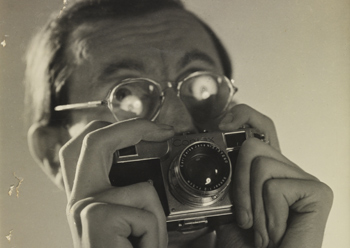
One of the most important figures in photographic publishing—we even named a research room after him in recognition of his contribution to photography and cinematography.
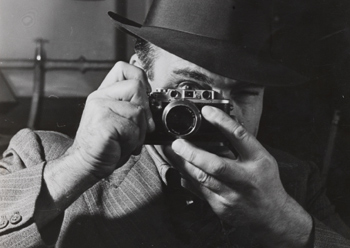
Colin Harding takes a look at the life of one of the legendary figures of Fleet Street, who always came back with the picture his editor wanted.
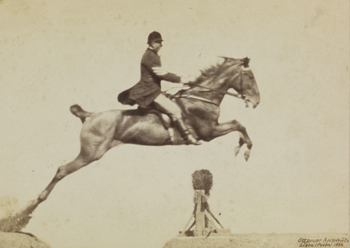
In the late 19th century, subjects that seemed mundane to modern eyes exerted a peculiar fascination, such was the novelty of their being captured by the camera.
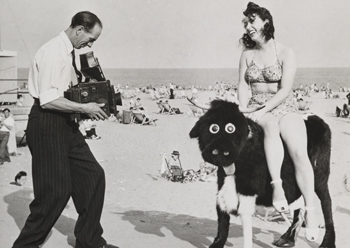
Colin Harding looks at the rise of commercial beach photography, and the shift from stiff, formal portraits, to the unposed holidaymaker by the sea.
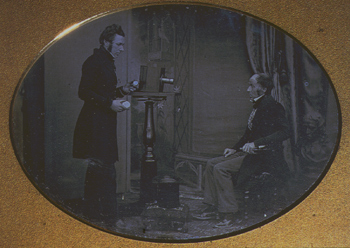
The Hogg daguerreotype is one of the most significant objects in our collection. Taken in 1843, it is the earliest known photograph of a photographer at work.
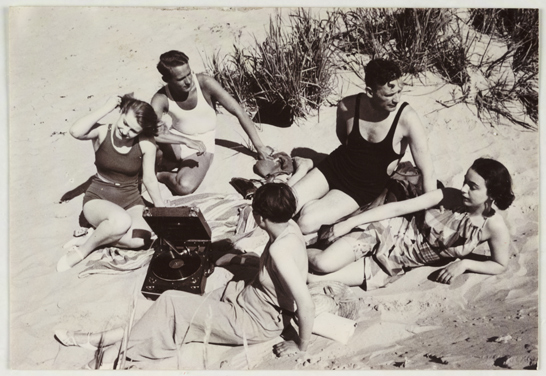
When the introduction of cheap snapshot cameras coincided with more leisure time for ordinary folk, they flocked to the seaside to record their sunny memories.
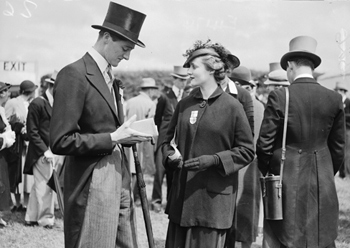
The Epsom Derby is a magnet for photographers, drawn by the colour, spectacle, and social mix. Colin Harding gives you a glimpse of the Derby in pictures.
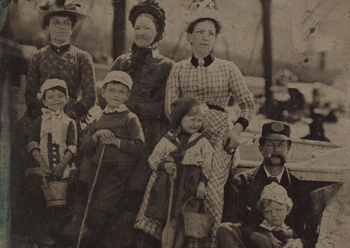
In our next post about dating your old family photographs, Colin Harding shows you how to identify a ferrotype, more commonly known as a tintype.
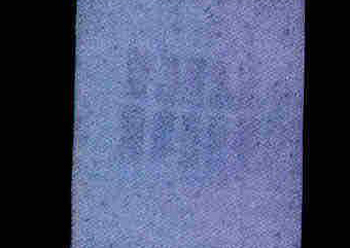
The world’s earliest surviving negative and Fox Talbot’s mousetrap cameras—priceless artefacts from the birth of photography—are stored here in our archives.
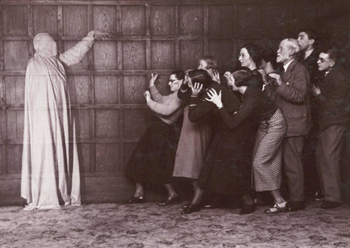
Colin Harding takes a quick peek at the spooky world of photographic ghosts, from the first accidental images to the charlatans of the Crewe Circle.